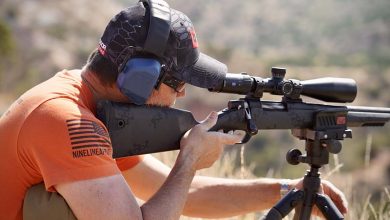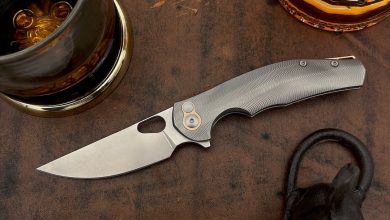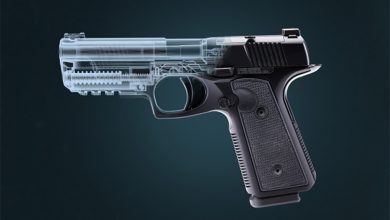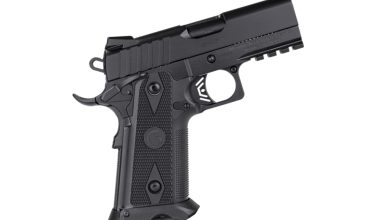Measuring Shooting Skill: Are You Above Average?

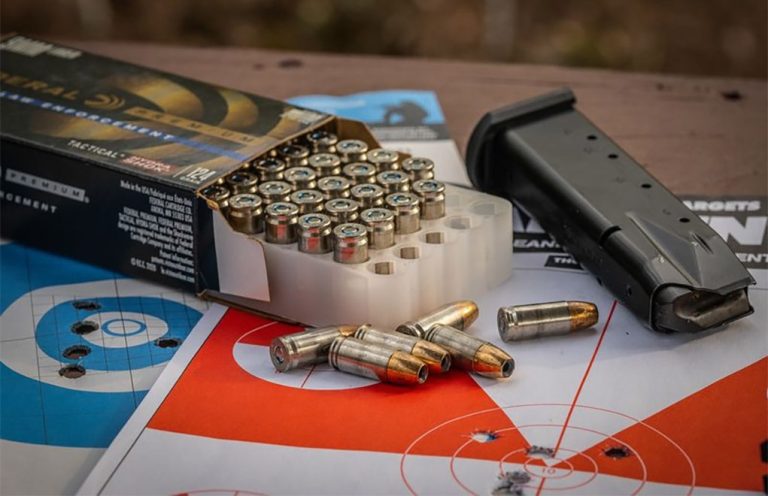
Are your shooting skills up to snuff? Here we take a look at how to properly assess your abilities with a firearm.
When I was still a teenager, I owned a Remington Model 700 chambered for the .270 Winchester. It was the rifle I learned to handload for, and I once fired a one-hole group at 100 yards with it. I carried that target around in my wallet so I could brag—with evidence—when I needed to. I figured it was a pretty good shooting rifle and that I was a pretty good shot.
I just didn’t know what I didn’t know.
A one-hole group that’s so rare you carry the target around with you is not representative—it’s an example of one. And when it comes to measuring precision or skill, examples of one mean nothing.
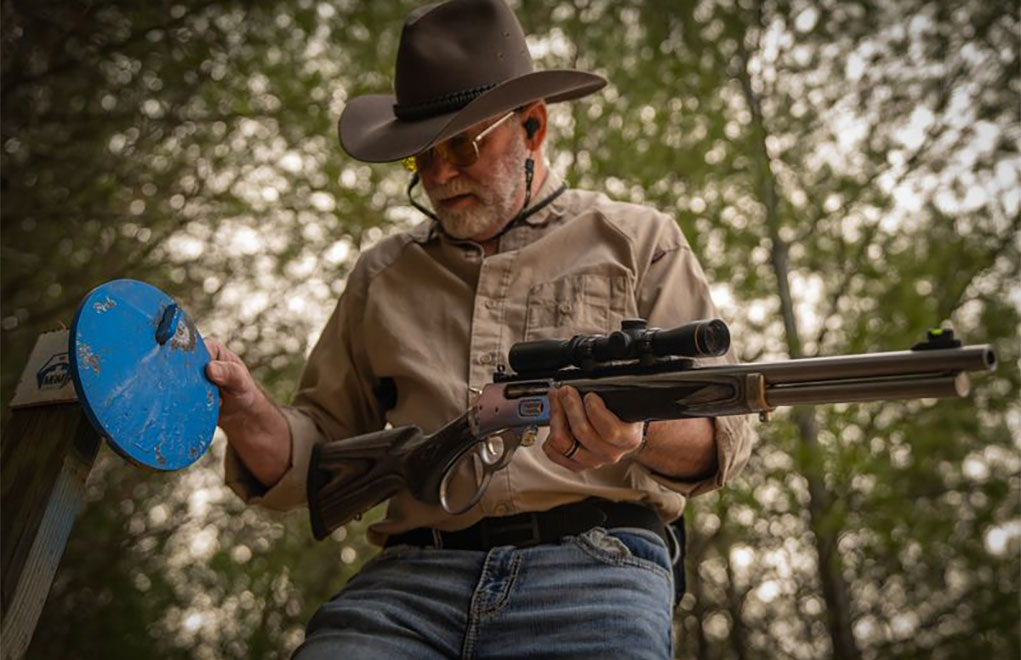
Rifle Precision
It’s not uncommon to hear shooters proclaim they have a 1 MOA rifle. But just what exactly is a 1 MOA rifle? Is it a rifle like my old 700 that once-upon-a-time fired a one-hole group, or is it a rifle that’ll deliver less than MOA groups most of or all the time?
That’s a good question. Half of the equation involving a one-hole group is the shooter, and shooters are a lot less reliable than rifles.
I’d define an honest-to-goodness 1 MOA rifle as one that, when you consider every group the rifle has fired, the average is less than 1 minute of angle. This standard, of course, is easy to meet if the first three groups fired from a rifle average less than an inch—and I’ve had that happen on several occasions.
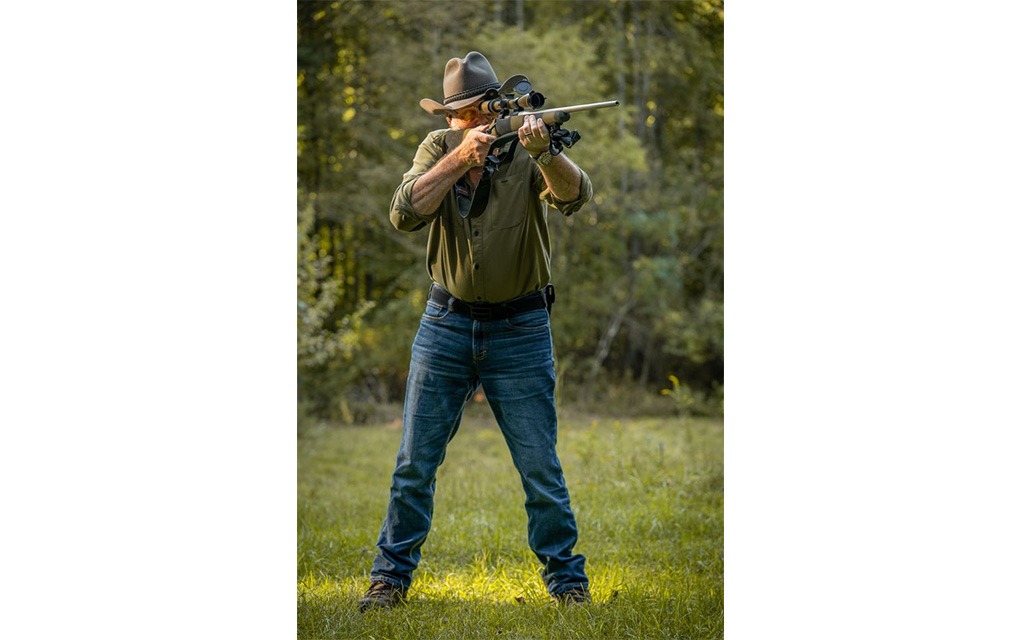

For the measurement to mean anything, though, the data set must be much larger. At a minimum, it should contain at least 20, three- or five-shot groups. When this standard is applied, the bar is much harder to clear. In fact, for a true 1 MOA rifle I believe you cannot stop there; that average should extend to the rifle’s lifetime and every group fired from it.
I’ve been testing rifles and reporting on them for more than a quarter-century. During that time, I’ve kept detailed records concerning rifles that cost as little as several hundred dollars and as much as several thousand. A true 1 MOA rifle is a rarity at any price range; according to my records, I’ve tested several but owned only four rifles that—over their lifetime and considering every group fired—would meet the 1 MOA standard.
Maybe a more practical measure for rifle precision would be what would rate as better than average. I looked at the performance records for all those rifles I’ve tested over the past 20 years and, on average, the precision for three- or five-shot groups worked out to 1.69 inches. When it comes to rifle precision, as far as I’m concerned, better than average would be a rifle with a lifetime group average of less than 1.5 inches or 1.5 MOA. If you have one of those, it’s a good ’un—don’t get rid of it.
Rifle Shooting Ability
Unlike most who recreationally shoot, I shoot almost every day because—by virtue of my vocation—it’s part of the job. Because of this, I know some days I just don’t shoot as well as I do on other days. The reasons for this are many, and it really doesn’t matter what they are. The point is, even if you do have a true 1 MOA rifle, some days you might not be able to prove it. Of course, shooting a rifle from a bench rest is one thing, and shooting a rifle off-hand from various field positions is another thing entirely.
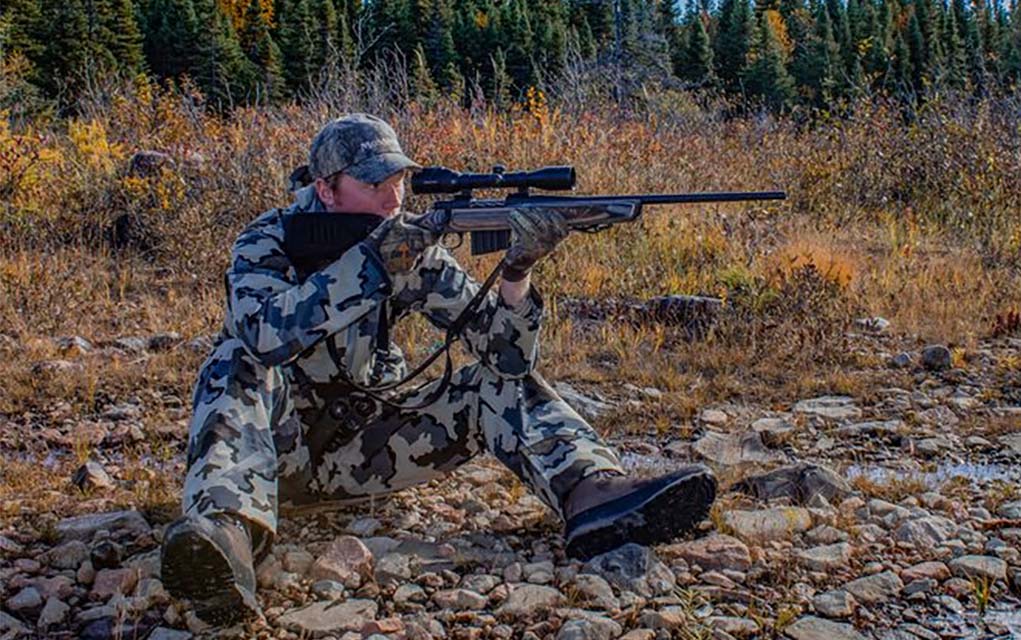

Yes, it takes skill to shoot itty-bitty groups from a bench rest; it just takes more skill and skill of a different kind to shoot from unsupported/field positions. During my time in the military and while working as a law enforcement officer, I was a firearms instructor. I’ve even conducted a good bit of training for armed civilians. I’ve spent enough time on the firing line to have a reasonable idea of, not only what the skill level of the average rifle shooter is, but to also understand how it can be measured simply and easily in a practical manner.
An above average rifleman can start, standing with his rifle in the high ready position, and on signal hit a 4-inch target at 25 yards, or a 16-inch target at 100 yards, in less than 2 seconds. An 8-inch target at 50 yards or a 12-inch target at 75 yards would yield the same results. From the standing unsupported position, an above average rifleman should also be able to hit an 8-inch target at 100 yards in less than 5 seconds.
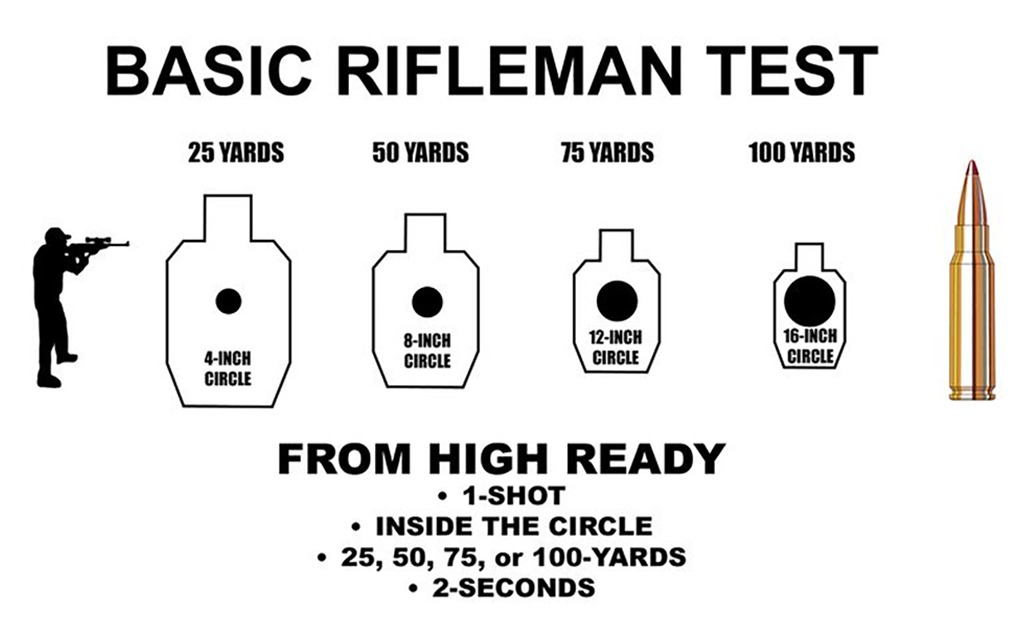

Any of these evaluations could be considered a basic rifleman test, but to mean anything they cannot be an example of one, they need to be conducted over time. Five attempts on five different days would make sense, and a passing score of four out of five would qualify. Because remember: on some days you just don’t shoot as well as on others.
Handgun Precision
Handguns come in many shapes and sizes. They range from the itty-bitty, like derringers, to bolt-action pistols with barrels as long as 16 inches. Establishing a single precision standard for all handguns is just not practical. So, with the most popular handgun of the 21st century being a self-defense style pistol or revolver with a barrel of between 3 and 5 inches, that’s what we’ll focus on.
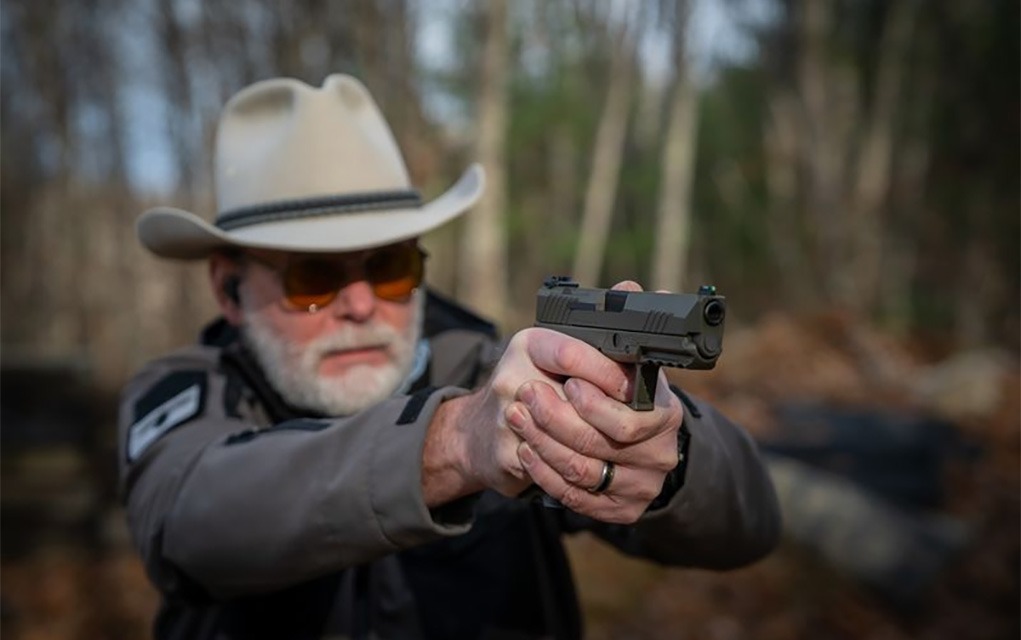

Just as with rifles, over the past quarter century I’ve tested many defensive handguns. And again, just as with the rifles, I’ve kept detailed records. Based on that data, the average precision performance for all the defensive-style handguns I’ve tested—fired at 10 yards from a sandbag rest—worked out to 1.58 inches. Just so you know, there were some real dogs involved in that mix, and there were also some handguns with very poor sights.
With this average, where one of the best-performing pistols had a retail price of less than $500 and the most expensive was over $4,000, I’d submit that better-than-average precision from a defensive handgun at 10 yards would be the same as better-than-average rifle precision at 100 yards. If your defensive handgun will average less than 1.5 inches for all the groups you have fired from it at 10 yards, it and you are exhibiting better-than-average performance.
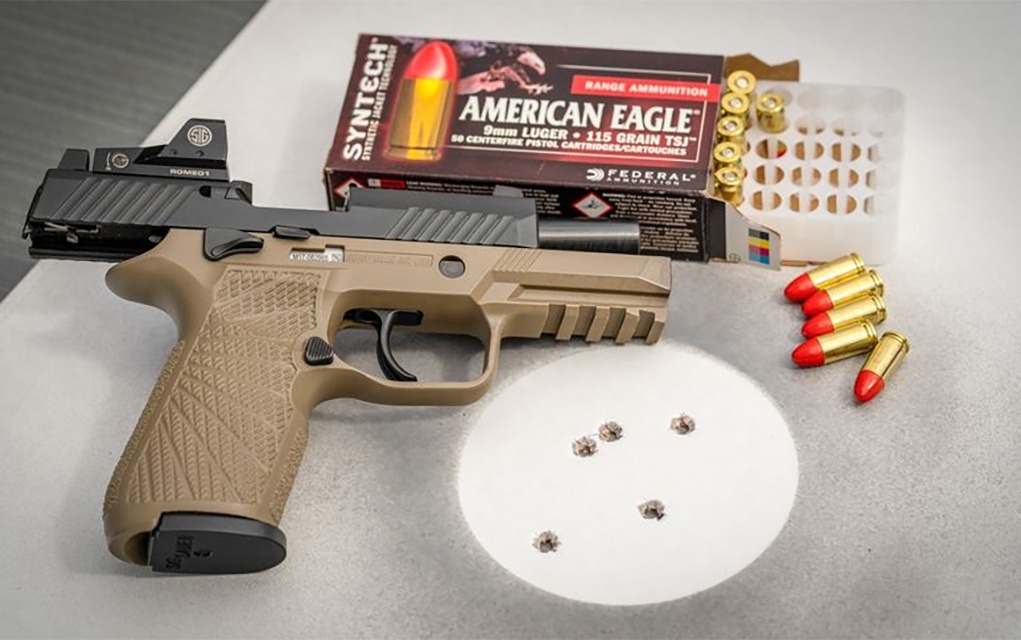

Handgun Shooting Ability
Like how there are many styles of handguns, when it comes to measuring shooting ability, you must establish parameters. You simply cannot compare your shooting ability with a single-shot hunting handgun to your skill with the semi-auto handgun you carry for protection. So, in line with my established precision requirement—using self-defense handguns with barrels between 3 and 5 inches—the same applies here.
As a shooter, student or trainer, I have more time on the range with self-defense handguns than any other firearm. I have a reasonable idea concerning the average skill level of soldiers, policemen and enthusiastic civilians, and I believe the best measure of average defensive handgun shooting skill is what I call the “Forty-Five Drill.”
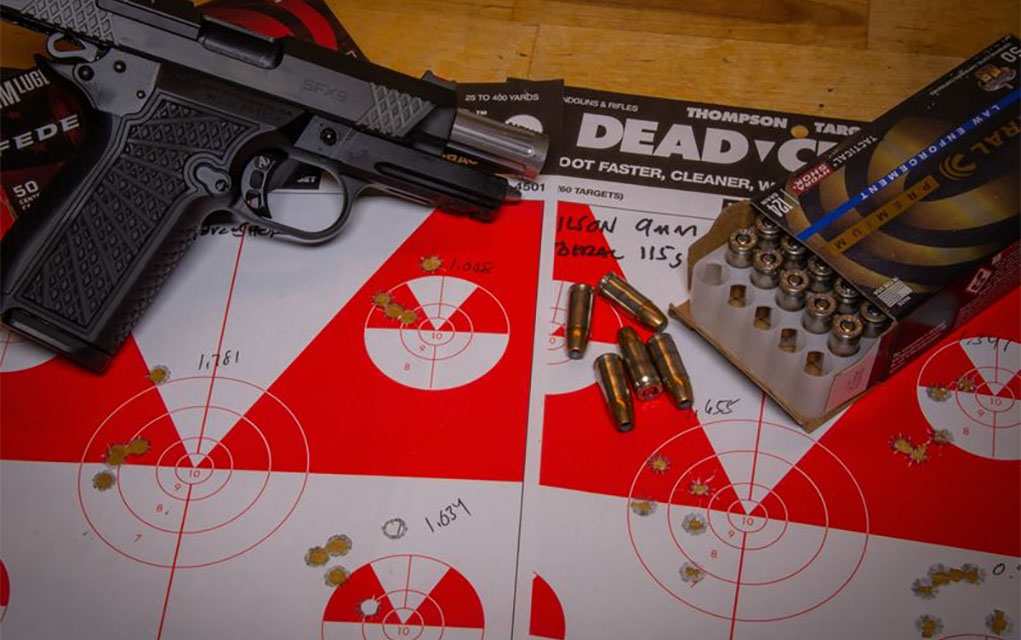

I’ve written about this drill many times, and it exists under other names too, but what’s important is whether you can meet the standard. If you want to consider yourself better than average with a defensive handgun, you should be able to start from the holster and draw and fire five shots in less than 5 seconds, and every shot should hit inside a 5-inch circle at 5 yards.
Ironically, I once asked firearms trainer John McPhee, who served in the U.S. Army Special Operations for more than 20 years, and who is better known for his callsign name of “Shrek,” what he thought a single self-defense handgun evaluation drill should be. He calls his drill the “Placement Test,” and it requires you to draw and put three shots into a 3-inch circle, at 3 yards, in 3 seconds.


If you like Shrek’s drill better than mine, use it. If you can perform either to standard, and on demand, consider yourself better than average with your self-defense handgun. But this isn’t a one-time thing. Like the rifleman test, you should be able to do this on five different days with a passing score on at least four of them.
Examples of One
Before I turned 18, I convinced my mother to buy me a handgun. I paid for it; she did the paperwork. It was a Smith & Wesson Model 66 with a 4-inch barrel. I told one of my buddies about it, and he wanted to shoot it but had never shot any type of handgun. So, we drove out to an old strip mine. I loaded up the .357, laid it on the hood of my truck, picked up a pop bottle and threw it into the air. Then, I grabbed the gun off the hood of my truck and busted that bottle before it hit the ground. It was the first shot I’d ever fired out of that revolver, and I doubt I could replicate that feat today with 20 tries. It was a splendid example of one.
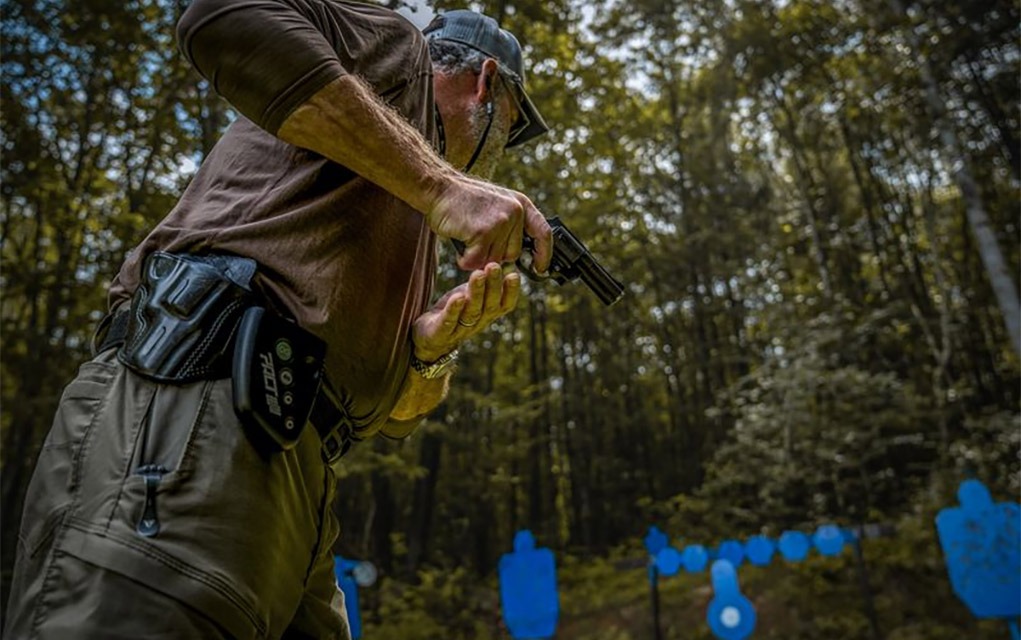

And this is where I must retract my earlier statement that examples of one mean nothing. After shattering that pop bottle—for you millennials out there, pop bottles used to be made of glass—I laid the revolver back on the hood and said, “You try it.” He did, again and again, but he never hit the bottle.
I was smart enough not to shoot any more in his presence and after his telling of my grandiose performance to all our buddies, I was legend. That’s what examples of one are good for—legends.
Editor’s Note: This article originally appeared in the February 2023 issue of Gun Digest the Magazine.
More On Shooting Skills:
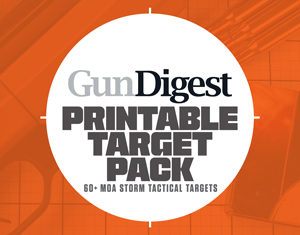

Next Step: Get your FREE Printable Target Pack
Enhance your shooting precision with our 62 MOA Targets, perfect for rifles and handguns. Crafted in collaboration with Storm Tactical for accuracy and versatility.
Subscribe to the Gun Digest email newsletter and get your downloadable target pack sent straight to your inbox. Stay updated with the latest firearms info in the industry.


